Fátima isn’t just another stop on a Portuguese itinerary. It’s a small city that sits at the fault line between faith and history, where three shepherd children once said they saw a Lady “brighter than the sun,” a crowd claimed the sky itself moved, and popes in the last century still return to pray. Fátima has layers of stories, symbols, and surprises for the believers, the skeptics, and the curious travelers. Here are fifteen facts that might change how you see the place forever.
1) Fátima’s name traces back to a Moorish princess.
Fátima does not take its name from a saint or from Latin roots, but from the Arabic given name Fāṭimah. According to a medieval Portuguese legend, a princess named Fátima was captured, fell in love with a Christian knight, converted, and took the name Oureana. The nearby stronghold became Ourém, while the surrounding lands kept her original name. The Arabic etymology is documented, and the romantic story has been retold for centuries in chronicles and popular histories.
2) The most famous day in Fátima drew tens of thousands into a muddy field.
On October 13, 1917, an enormous crowd gathered at the Cova da Iria after months of buzz about apparitions reported by three shepherd children. Estimates vary widely, but contemporary newspaper accounts and later researchers commonly cite tens of thousands of people present, with figures ranging roughly from 30,000 to 70,000. That day would enter Catholic history as the “Miracle of the Sun.”
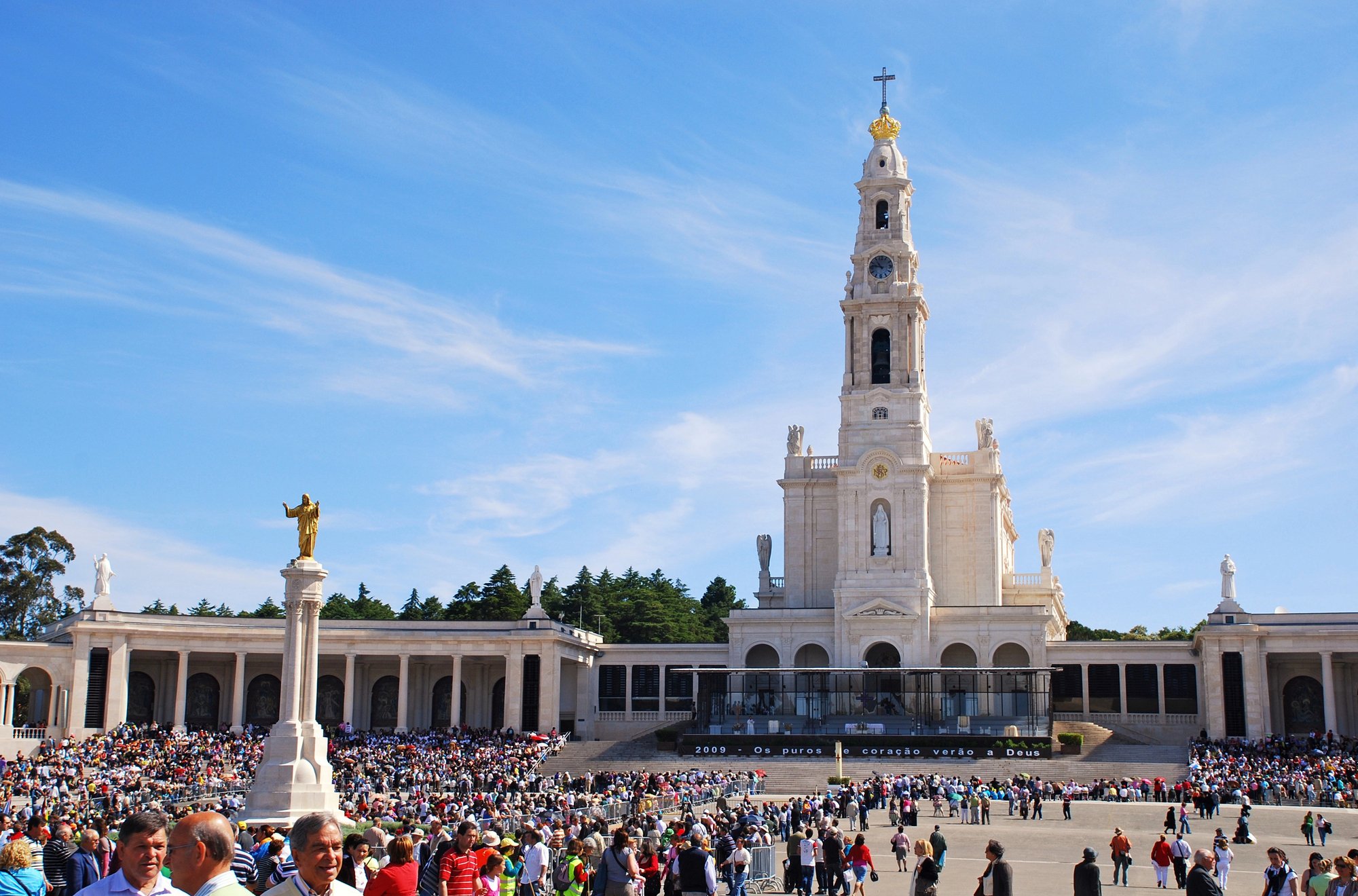
3) A secular skeptical newspaper described the event in riveting detail.
One of the most-quoted eyewitness accounts did not come from a church outlet but a secular newspaper. Avelino de Almeida, a star reporter for O Século (an anticlerical Lisbon daily) filed accounts describing the crowd’s reactions to the strange solar effects. His writing has been translated and republished countless times and remains a key primary source for historians and skeptics alike.
4) The “sun” did not look the same to everyone.
Not all present reported identical phenomena. In fact, there are inconsistencies among testimonies. Some saw the sun “dance,” some saw colors, and some saw nothing unusual at all. Scholars note there is no authenticated photograph of the described solar movements, despite the presence of journalists and photographers. That ambiguity is part of what keeps the Fátima debate alive a century later.
5) The little chapel on the exact spot was bombed in 1922.
After the apparitions, a tiny Chapel of the Apparitions was built precisely where the children said the Lady had stood. Anti-clerical activists detonated a bomb inside the unfinished chapel in March 1922, which caused heavy damage. Reconstruction began later that year. The chapel you see today is as a survivor of those turbulent years.
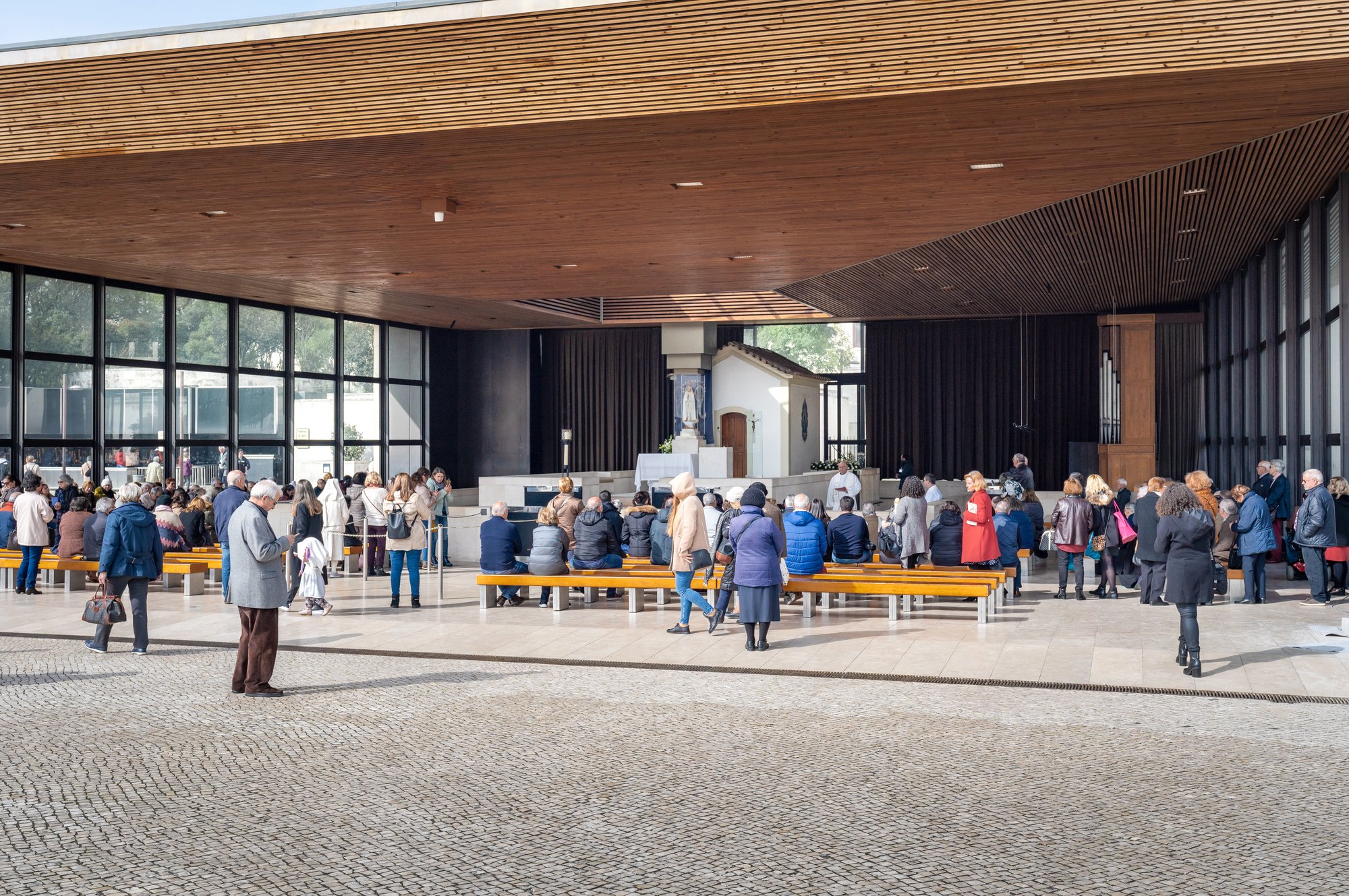
6) The original holm oak where the Lady appeared vanished twig by twig.
Early pilgrims treated the small holm oak as a relic, and over time the tree was plucked to extinction. The pedestal beneath the statue in the chapel marks its location. Guides often point out a holm oak nearby where the children were said to rest and pray while waiting for the apparitions.
7) Fátima’s sanctuary was recognized by the Church in 1930 after a formal inquiry.
The local bishop opened a canonical investigation shortly after the 1917 events. Thirteen years later, on October 13, 1930, Bishop José Alves Correia da Silva issued a pastoral letter declaring the apparitions “worthy of belief” and permitting public devotion under the title Our Lady of Fátima. That decision helped transform a rural pasture into one of the world’s best-known pilgrimage centers.
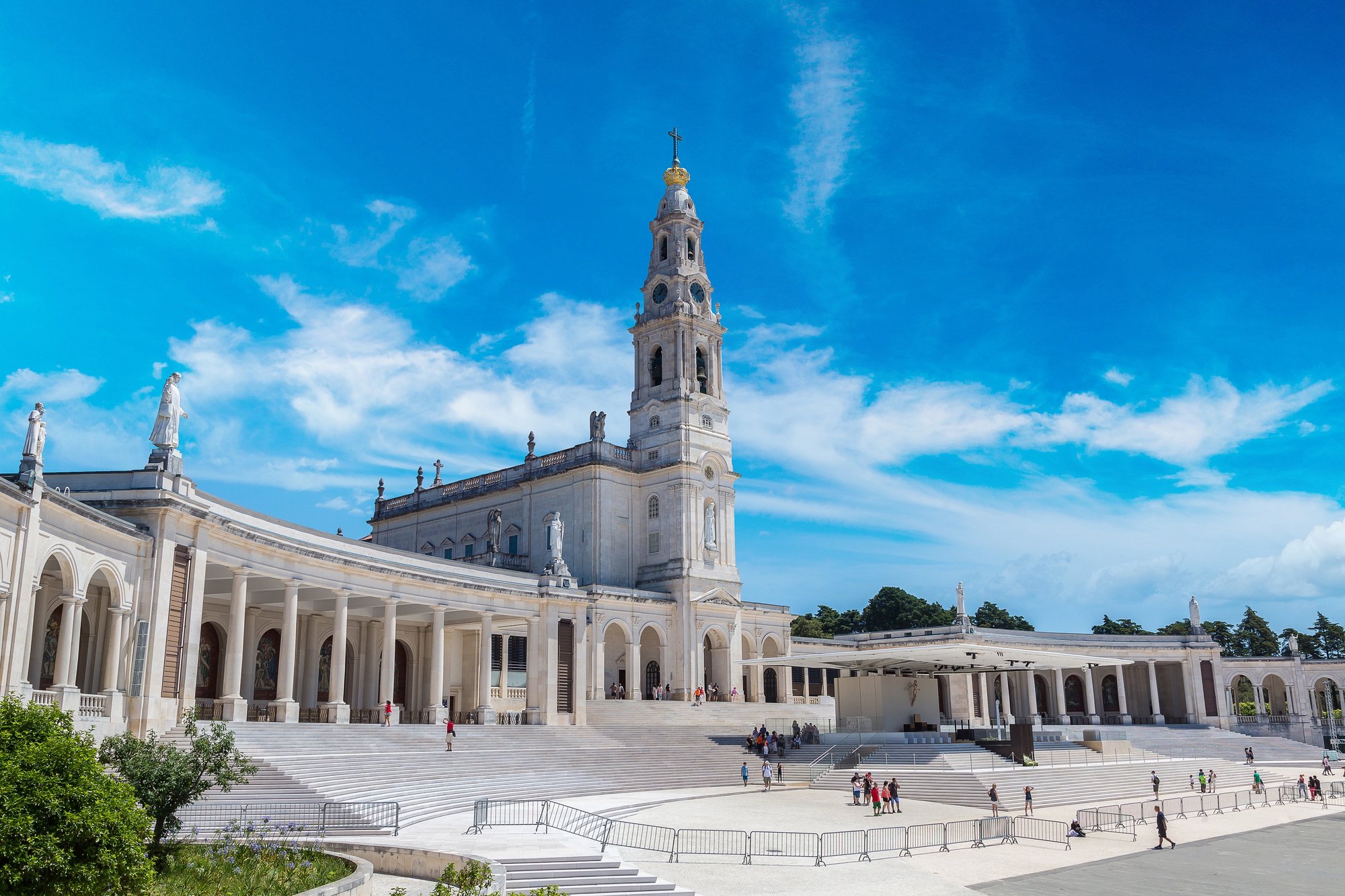
8) A modern basilica here seats about 8,633 people.
Across the esplanade from the older Basilica of Our Lady of the Rosary stands the round, ultra-modern Basilica of the Most Holy Trinity, completed in 2007 for the 90th anniversary of the apparitions. Designed to handle huge crowds, it has approximately 8,633 seats and a 125-meter diameter interior with no intermediate supports. That combination of size and minimalism surprises first-time visitors expecting only old-world architecture.
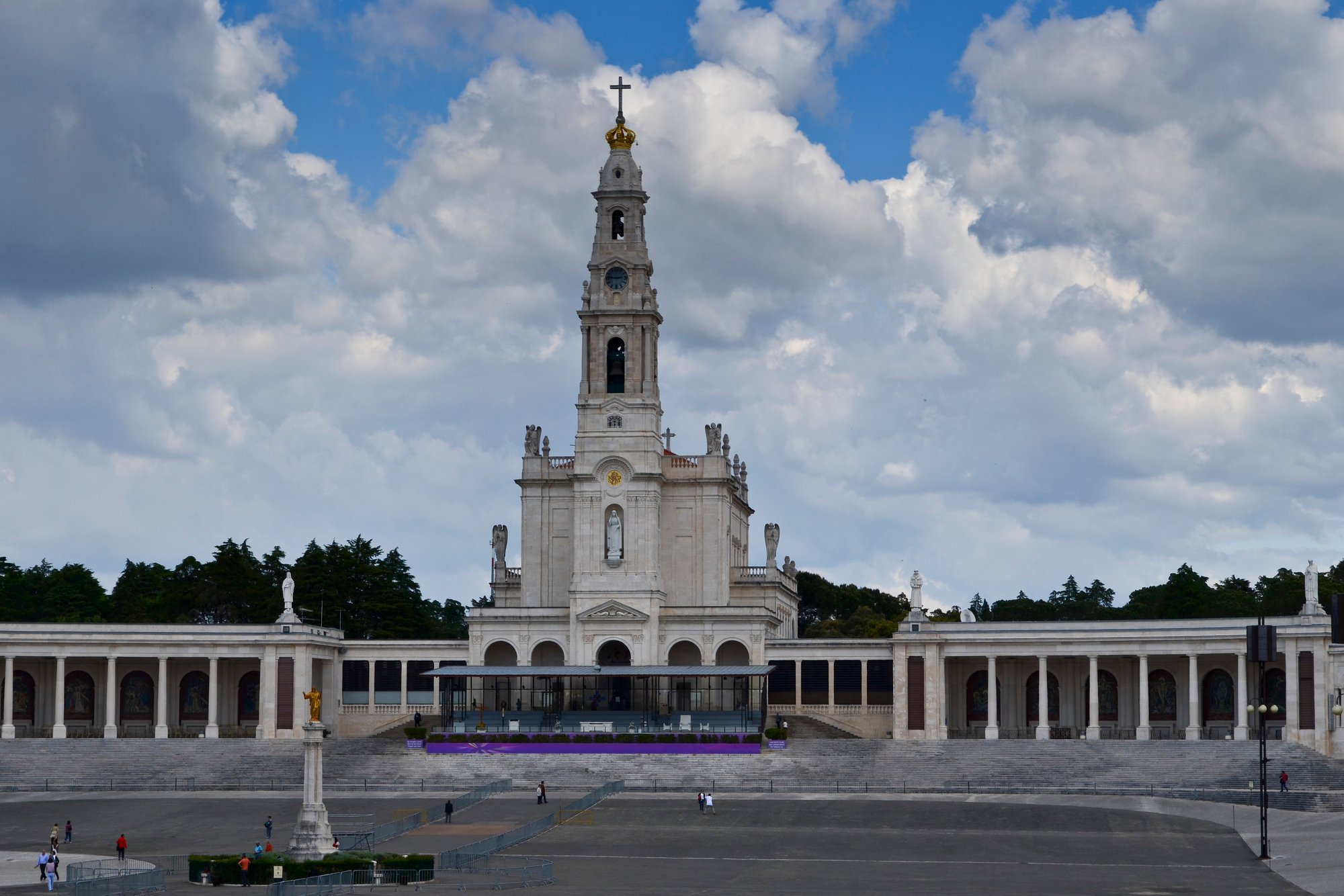
9) There’s a piece of the Berlin Wall at the sanctuary.
At the south side of the Rectory, a concrete segment of the Berlin Wall has been on display since 1994. Smaller fragments are also presented in the sanctuary’s exhibition. The presence of a Cold War relic at Fátima reflects the shrine’s twentieth-century role in the Catholic imagination, especially amid prayers for the “conversion” of nations and the end of ideological conflict.
10) Popes keep coming. Four have made pilgrimages, most recently in 2023.
Paul VI was the first pope to visit Fátima in 1967 for the 50th anniversary of the apparitions. John Paul II came three times, including in 1982 to give thanks after surviving the 1981 assassination attempt. Benedict XVI visited in 2010, and Pope Francis came in 2017 to canonize the two child seers, then returned on August 5, 2023, during World Youth Day to pray the rosary with sick young people before an estimated crowd of around 200,000.
11) One of the bullets that struck John Paul II is set in Mary’s crown.
After the 1981 attack in St. Peter’s Square (on May 13, the anniversary of Fátima’s first apparition), John Paul II credited “a motherly hand” with saving him. Years later, he donated a bullet removed from his body to the shrine, and since April 26, 1989, that projectile has been encased in the “Precious Crown” of the statue in the Chapel of the Apparitions. Few religious images wear such a jewel.
12) The “Three Secrets” were revealed in stages, with the third published in 2000.
The Fátima messages included three parts later known as the “secrets,” recorded by Sister Lúcia in her memoirs. The third, a dramatic vision involving a “Bishop dressed in white” and a scene of martyrdom, was only published by the Vatican in June 2000. John Paul II and later Benedict XVI both connected the vision to the struggles of the twentieth century and to the pope’s own suffering.
13) Sister Lúcia lived to 97 and became a Carmelite nun.
The two youngest of the three shepherd children, Francisco and Jacinta Marto, died in 1919 and 1920, respectively. Their cousin Lúcia dos Santos entered religious life and later joined the Discalced Carmelites in Coimbra, where she wrote her memoirs and letters about Fátima. She died on February 13, 2005, at age 97, and the Church opened her cause for sainthood in 2017.
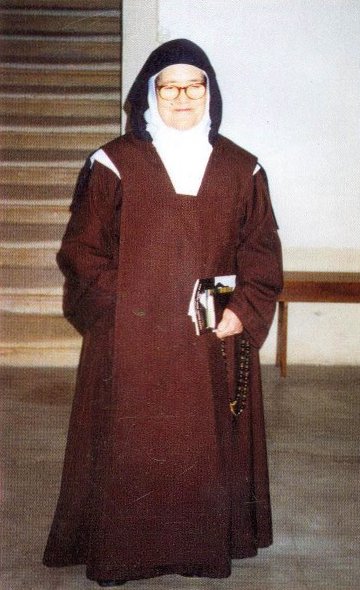
14) Two of the shepherd children are the youngest non-martyr saints in Church history.
On May 13, 2017, during the centennial of the first apparition, Pope Francis canonized siblings Francisco and Jacinta Marto at Fátima. They are widely recognized as the youngest saints who did not die as martyrs, a fact that stunned many observers and further cemented Fátima’s place in modern Catholic life.
15) Pilgrims burn astonishing amounts of wax, and many arrive on their knees.
Fátima’s devotion is intensely physical. In addition to processions and all-night vigils, pilgrims purchase candles, not only traditional tapers but also molded votives shaped like body parts as petitions for healing. These candles are fed into roaring furnaces beside the chapel. Journalists have reported several tons of wax being burned monthly during busy seasons. You will also see people making “promises” by crossing long stretches of the marble path on their knees, a penitential practice that can extend hundreds of meters across the esplanade.
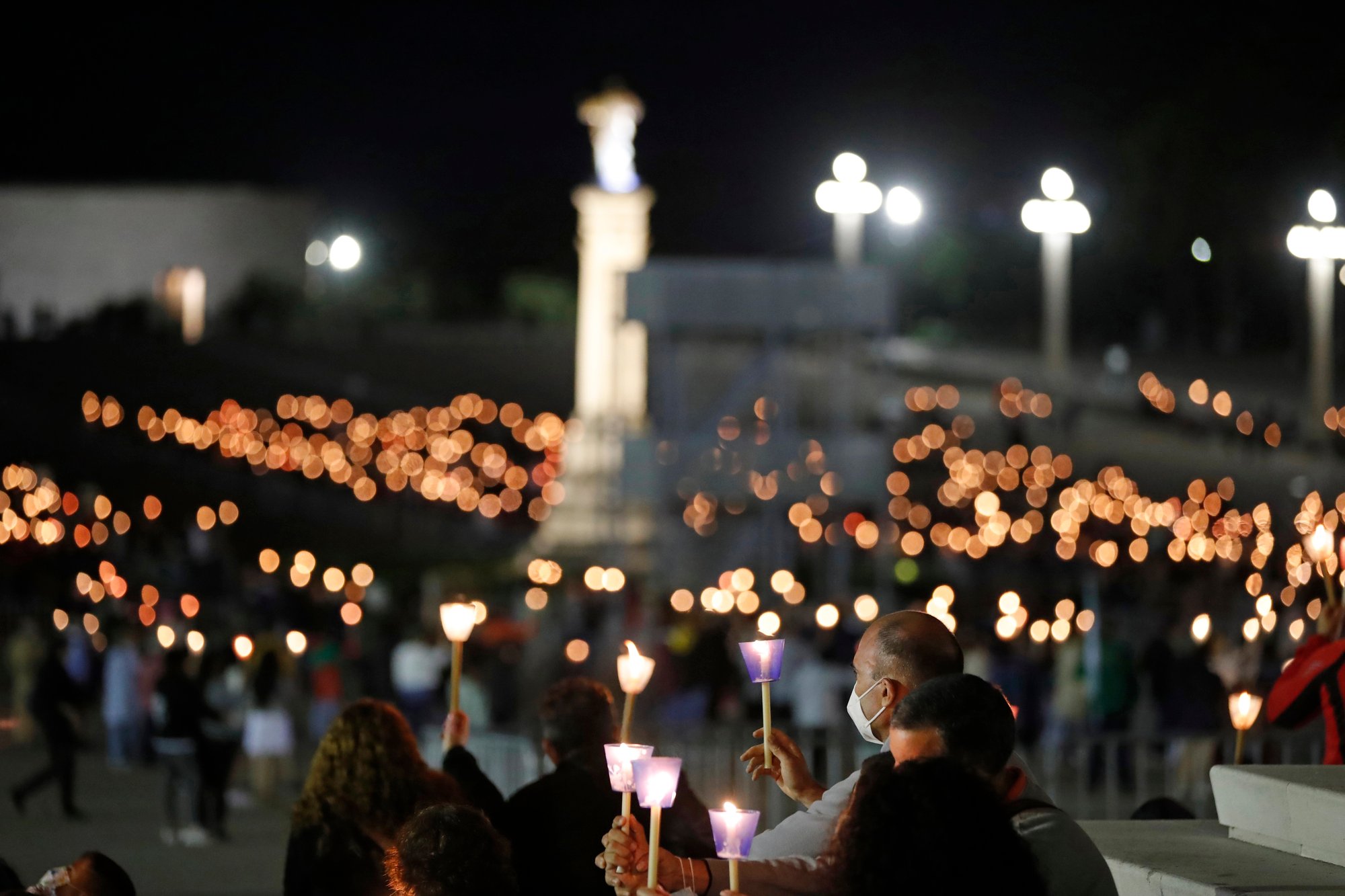
What Fátima Means to Portugal and Beyond
Fátima unfolded during a volatile period in Portugal’s First Republic. The apparitions quickly became a rallying point for Catholic identity in a country with deep religious roots and fierce political currents. The 1930 recognition by the Bishop of Leiria helped unify devotion, and pilgrimages grew into national events.
Today, Fátima welcomes millions annually, with peak crowds on May 13 and October 13. These are the anniversaries of the first and final apparitions when the sanctuary fills with daylong liturgies and night candlelight processions. The pilgrim count can reach hundreds of thousands on those dates, contributing to yearly totals in the multiple millions.
The 2007 Holy Trinity basilica anchors the modern sanctuary’s capacity. Its vast, column-free interior and acoustic design were built with mega-pilgrimages in mind. The contrast between its clean lines and the older neoclassical basilica and tiny Chapel of the Apparitions gives the esplanade a striking then-and-now feel.
Papal visits have underlined how Fátima’s message continues to spread around the world. John Paul II tied his survival to the Lady of Fátima and inserted his bullet into her crown. Benedict XVI linked the shrine’s message to the trials of modern times. Francis canonized the children and, in 2023, appealed to the Virgin as “Our Lady in a Hurry,” putting emphasis on a mother who runs to help her children.
We’re not sure if you consider Fátima as miracle, mass psychology, or something in between, but you can’t deny that its primary documents and testimony are incredibly compelling. They include Lúcia’s own writings and the famous O Século reports. The range of testimonies makes Fátima one of the most analyzed religious events of the twentieth century.
Final Thoughts
Fátima is one of those places whose power comes from what people say happened there and what keeps happening there. You can come to analyze, to argue, or simply to stand in front of the massive sanctuary and listen. You’ll leave with the sense that this small city in central Portugal has carried an outsized share of the twentieth and twenty-first centuries on its shoulders and that its stories continue to inspire millions around the world.

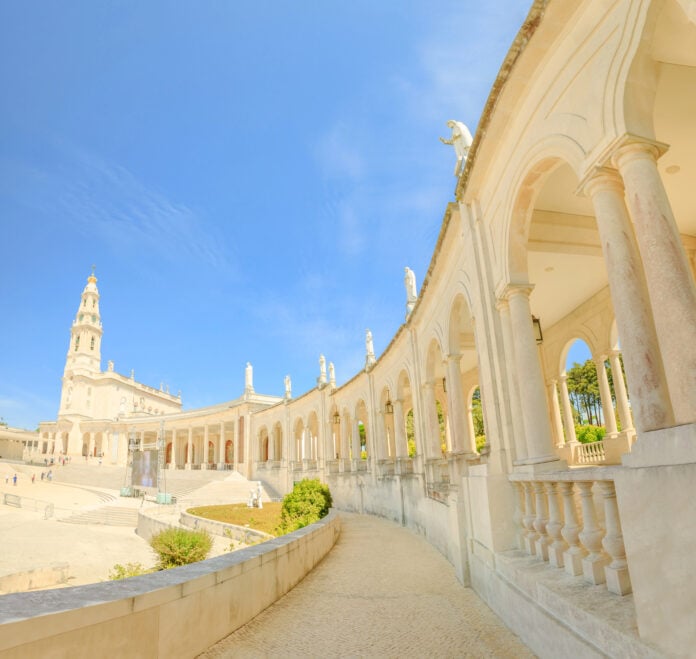

Wonderful article and informative…
Great article. No fluff; clear, precise, and to-the-point. Answered a lot of my questions. Many thanks!